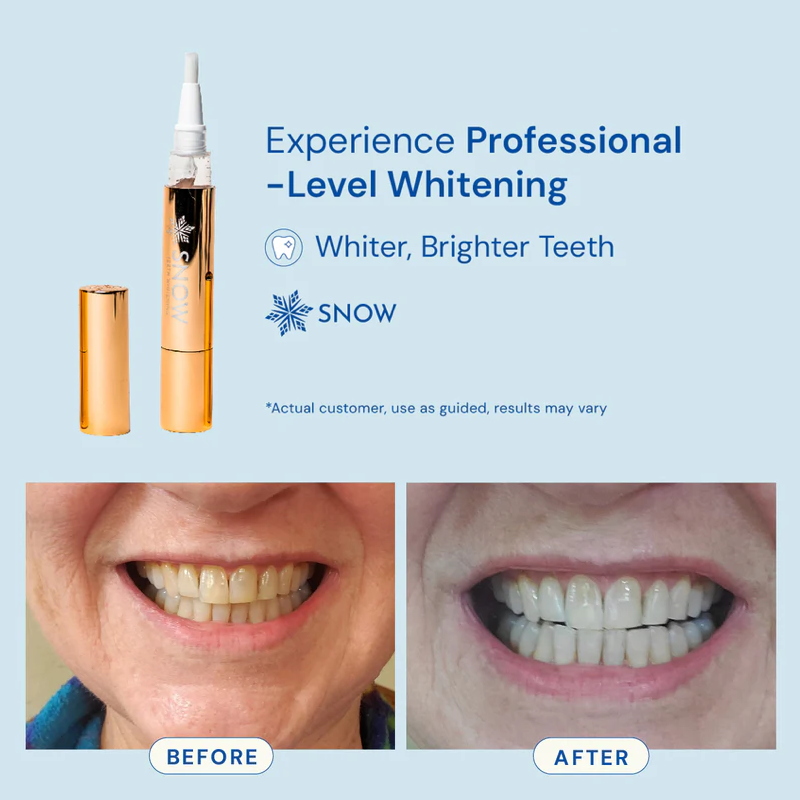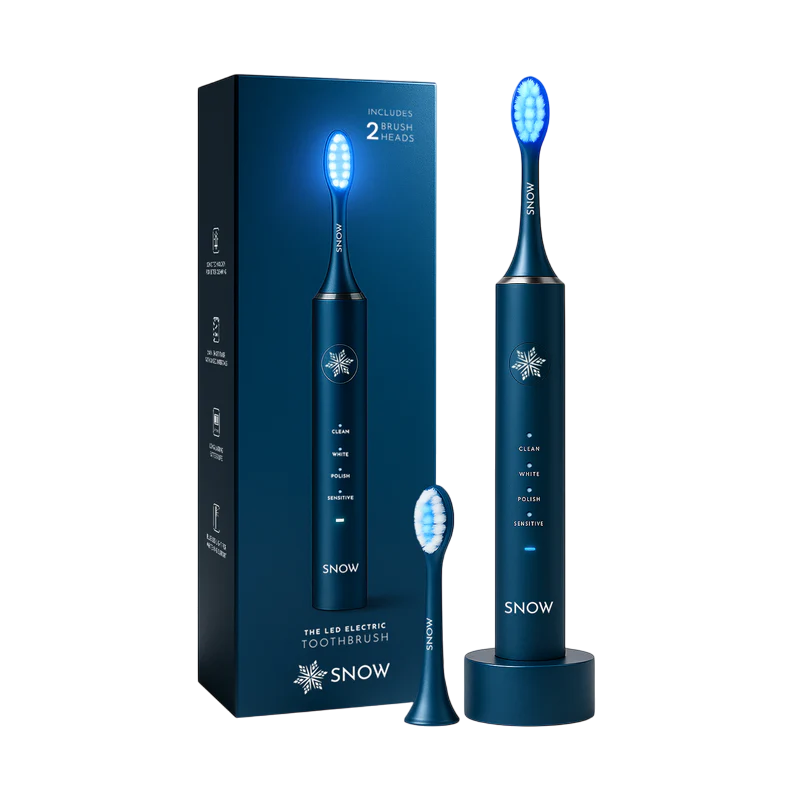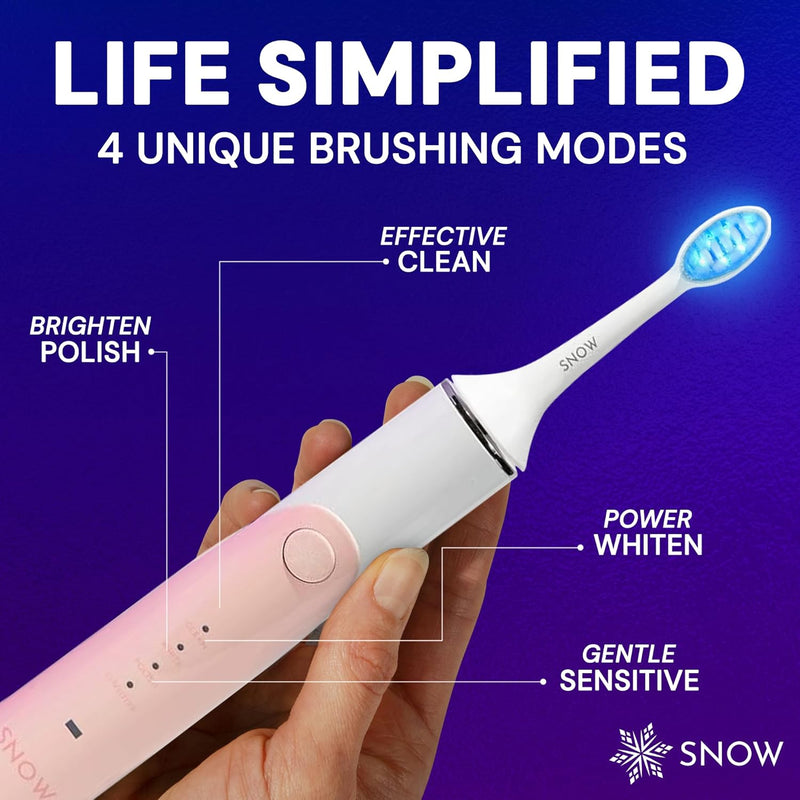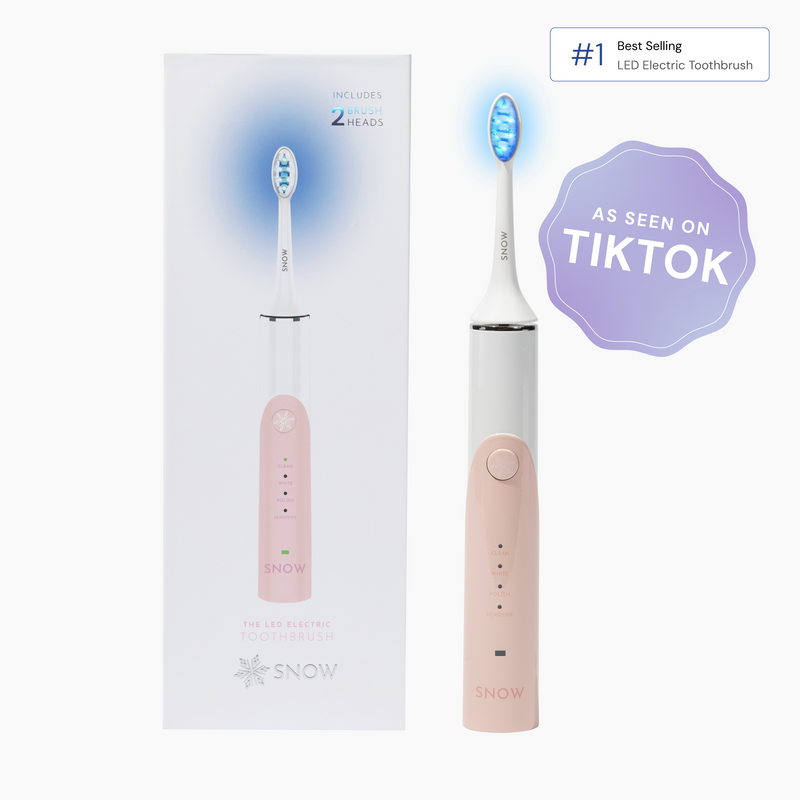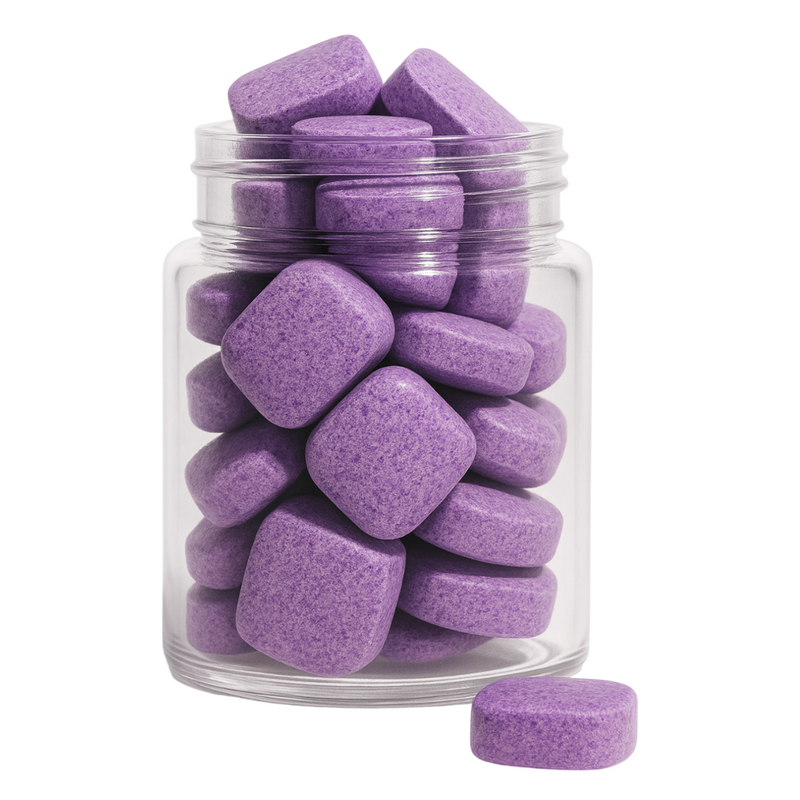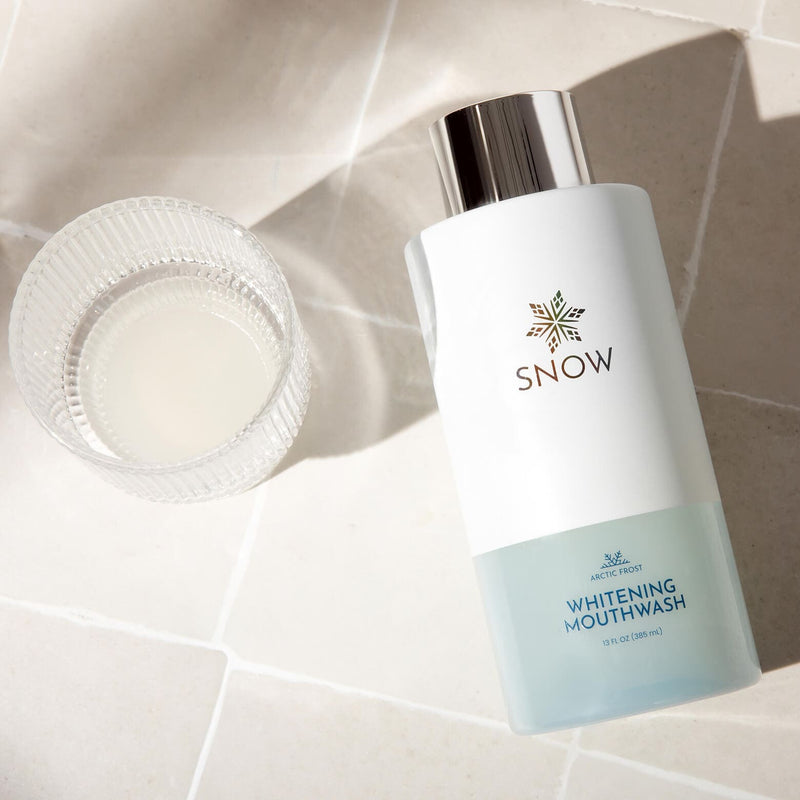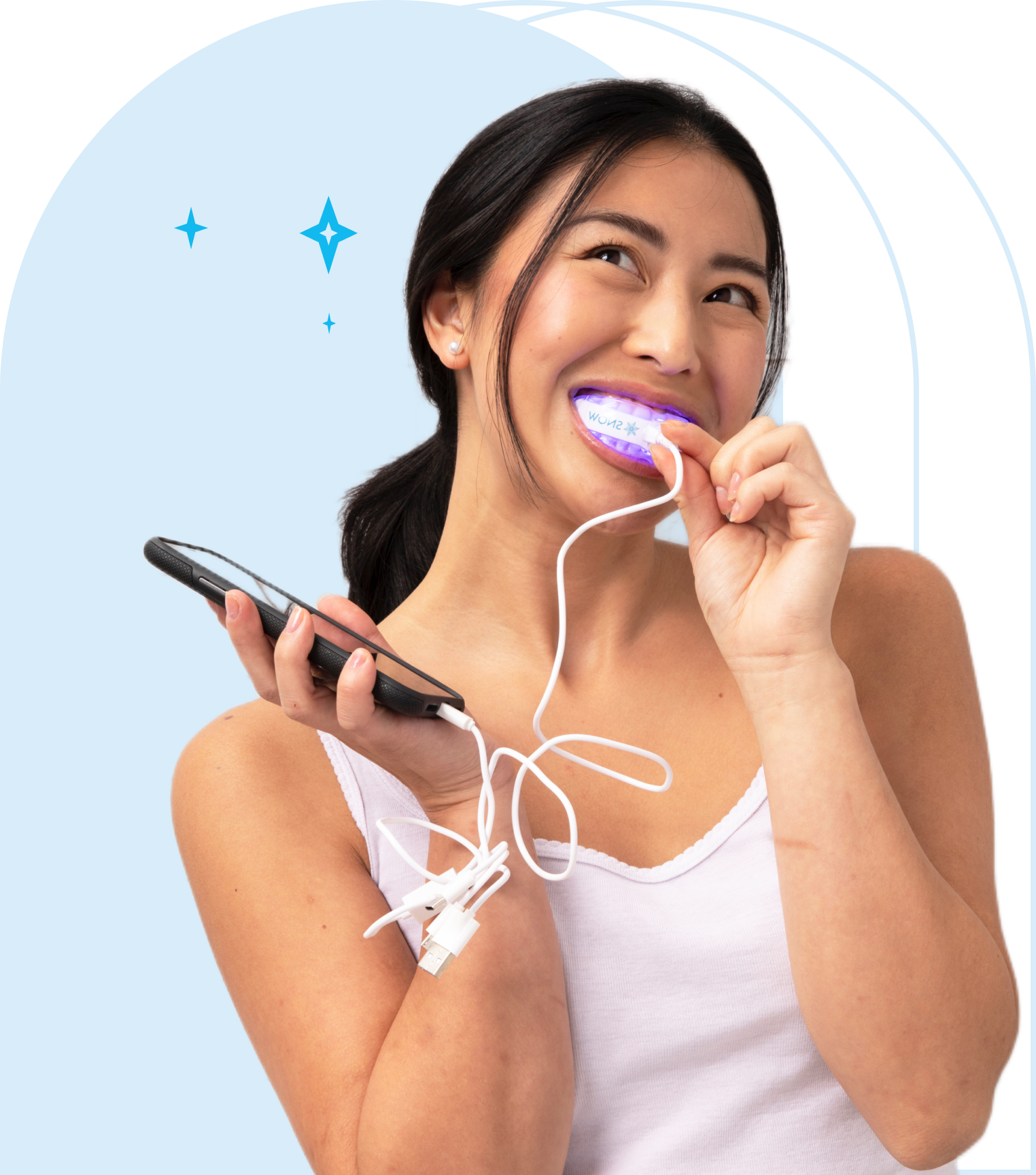Maintaining optimal oral hygiene means making daily choices that impact your oral health for the long haul. And one of those seemingly small choices is whether or not you can reuse floss picks.
The short answer? Most dental professionals agree: floss picks are designed to be disposable.
But in today’s world, where people are trying to save money, reduce waste, and find sustainable alternatives, the question “Can you reuse floss picks?” deserves a thorough, fact-based answer.
Let’s dive into what happens when you reuse floss picks, how long they last, the risks associated with them, and how to navigate the fine line between practicality and good oral hygiene.
Key Takeaways
-
Reusing floss picks is highly discouraged due to hygiene concerns, potential gum damage, and reduced effectiveness in plaque removal.
-
Single-use floss picks provide optimal cleaning by preventing bacterial transfer and maintaining oral health, while frayed floss decreases cleaning efficiency and poses injury risks.
-
Investing in fresh floss picks prevents costly dental issues in the long term, and alternatives like compostable picks and reusable interdental tools can reduce environmental impact.
Why Floss Picks Are Usually Single-Use
Unlike traditional dental floss, which you pull fresh from a roll for every session, floss picks come with a pre-threaded piece of floss. This floss material is not designed for durability beyond one use.
It starts to weaken as soon as you begin flossing.
-
Fraying and fatigue: The floss starts to fray due to tension between tight spaces and food remnants. This reduces its cleaning ability and may even snap during use.
-
Bacterial growth: Used floss holds onto food debris, bacterial growth, and plaque. If you reuse a floss pick, you’re essentially dragging yesterday’s bacteria across today’s teeth.
-
Design matters: Manufacturers make most floss picks with cost-effective plastic and low-tension floss. They’re intended to be thrown out after one session and their form reflects that.
In short, once the floss starts to show wear, it no longer functions properly. Reusing that same piece of floss may do more harm than good.
Hygiene Risks of Reusing Floss Picks
When it comes to oral hygiene, reusing floss picks can seem like a simple way to save money or reduce waste. However, the biggest issue with trying to reuse floss picks is what you can’t see.
Harmful bacteria, food particles, and hidden plaque. These can linger on the floss material and handle, creating serious hygiene risks.
Dental professionals repeatedly warn that even if a floss pick looks clean, the floss material is already compromised after the first use. Each piece of floss is designed to handle one pass between teeth. When you reuse a floss pick, you are dragging old debris and bacteria across new areas of your mouth, essentially negating the benefits of good oral hygiene.
Reusing floss can:
-
Introduce bacteria into the mouth, potentially spreading germs and food particles from one gap to another, undermining your efforts at maintaining optimal oral hygiene
-
Reintroduce bacteria lodged in the floss or plastic handle, especially if left out exposed overnight, where moisture promotes bacterial growth.
-
Lead to gum inflammation, bad breath, and even gum disease or tooth decay over time, particularly if you floss near sensitive gum tissue.
These risks increase when floss becomes damp and is left uncleaned. As the floss starts to weaken and fray, it loses effectiveness and may snap unexpectedly. This can damage the gum line, release old debris, and even injure delicate tissue. Using a compromised piece of floss is a far cry from the benefits of fresh floss or regular floss straight from the roll.
Dental professionals recommend avoiding repeated use of floss picks that are not explicitly designed for reuse. While some handy tools, such as floss-threaded holders, are built for multiple uses, they must still be appropriately disinfected between sessions. Otherwise, even the best intentions with your oral hygiene routine can lead to hidden oral health issues.
Choosing fresh floss or the best dental floss for your needs every time is one of the simplest ways to protect your dental health. It ensures that you are not dragging bacteria or food particles across multiple teeth. By learning how to use dental floss correctly, you can improve plaque removal and keep your gums healthier.
Expert Opinions: What Dentists Say
Ask any dental professional, and the guidance is consistent: floss picks are intended for single use. Reusing them can introduce bacteria into the mouth and reduce how well they clean.
“Even if a floss pick looks clean, the floss thread may already be frayed or contaminated,” says Dr. Brian Harris, DDS, cosmetic dentist and medical advisor at SNOW. “It’s meant to remove debris from between your teeth, not to carry bacteria from one area of your mouth to another.”
Dr. Greg Baker, DDS, also a medical advisor at SNOW, adds, “Storing a used pick on a counter or in a drawer creates the perfect environment for bacteria to grow. If you reuse it later, you could be reintroducing those germs right back into your mouth.”
In rare situations like travel or emergencies, reusing may be necessary. In those cases, thorough cleaning and drying are essential. Still, the best practice is to use a fresh floss pick or a reusable device that is specifically designed to be sanitized between uses.
Can You Reuse Floss Picks Safely?
So, what if you absolutely need to reuse floss picks? Is there a safe way to do it? It depends on the type of pick and your approach.
Certain versatile tools, like the Element Floss Holder or similar BPA-free designs, are built for multiple uses. If you decide to reuse a floss pick, follow strict hygiene steps:
-
Rinse thoroughly with warm water immediately after use
-
Soak the flosser in hydrogen peroxide or antiseptic mouthwash for 10–15 minutes
-
Allow it to air dry completely before storing
-
Always inspect the floss material. If it looks frayed, stretched, or stained, discard it
You should never reuse floss picks that are intended to be discarded. Reusables are a different category altogether and should be labeled as such.
Warning signs to stop reuse:
-
The floss starts to fray
-
It feels slimy or smells
-
Discoloration or visible buildup
-
The plastic structure bends or weakens
Eco-Friendly Alternatives to Traditional Floss Picks
Looking to balance sustainability and oral hygiene? Here’s a one-time table comparison of the best eco-conscious options:

Choosing sustainable doesn’t mean sacrificing oral hygiene. The SNOW AquaJet® Pro Water Flosser offers a cleaner, more effective alternative to string floss, cordless, mouthwash-compatible, and designed to reach areas floss can’t. To maintain performance, be sure you know how to clean a water flosser properly to avoid bacteria buildup or clogging.
Shop the AquaJet® Pro Water Flosser
Cost Considerations: Is Reuse Really Cheaper?
Reusing floss picks might seem like a money-saving habit, but the real cost often shows up later in the form of plaque buildup, gum inflammation, or cavities. Skipping proper cleaning tools can lead to more frequent dental treatments, which are far more expensive than preventive care.
Instead, investing in a reliable, long-term solution like the SNOW AquaJet® Pro Water Flosser offers better value. Priced at $69.95 USD, it helps remove plaque more effectively than string floss and is built for daily use with minimal maintenance.
For those looking to improve their oral health while staying budget-conscious, this is a smarter and more hygienic alternative.
How to Choose the Right Flossing Tool
Picking the best option for your oral care routine depends on:
-
Your dental work (braces, crowns, etc.)
-
How often you use floss
-
Your personal preference: convenience, eco-friendliness, budget
Look for labels that say, “Disposable” - throw away after one use or “Reusable” - safe for multiple sessions if properly cleaned
Reading product packaging carefully can help you avoid reuse floss confusion.
Proper Disposal of Floss Picks
Floss picks are small but significant tools in your oral care routine. While their role in keeping your teeth and gums clean is essential, what you do with them after use is just as important. Improper disposal of floss picks can harm plumbing systems, pollute the environment, and even introduce bacteria back into your living space.
Below is everything you need to know about properly disposing of floss picks, with a focus on hygiene, sustainability, and long-term health.
Never Flush Floss Picks
A single floss pick might seem too small to cause any damage, but flushing it can have serious consequences. These tools are made from mixed materials like plastic and nylon, which are not biodegradable in water. When flushed, floss picks can cause blockages in pipes and disrupt wastewater systems.
Worse, flushing can reintroduce bacteria and pathogens from your mouth into natural water sources. These picks often contain bacterial growth, food debris, and microscopic particles from between your teeth, especially if used in even the tightest spaces. Once in the water supply, they may contribute to pollution and create risks for aquatic life.
To avoid these issues, never flush floss picks under any circumstances.
Place in a Sealed Trash Container
The correct way to dispose of a used floss pick is to throw it in the trash. Be sure to use a sealed garbage bin, especially in bathrooms or shared spaces, to prevent cross-contamination.
After cleaning between your teeth, the floss pick is contaminated with bacteria, saliva, and leftover particles. Leaving it exposed or placing it in an open bin allows bacterial growth to continue, increasing the risk of germ spread.
If you floss frequently or have special dental needs such as braces, bridges, or crowns, you may go through several picks per day. Keep a small, lined bathroom trash bin nearby to dispose of used picks immediately after every session. Avoid placing used flossers on countertops, sinks, or other moist surfaces where bacteria can thrive.
Proper trash disposal also reduces the temptation to reuse a floss pick. Even if the floss still looks intact, it may lose effectiveness after the first use. A pick that no longer holds its shape or tension can fail to clean effectively and may cause gum irritation or bad breath.
Be Careful with Compostable Picks
Biodegradable floss picks made from bamboo or plant-based materials are a significant step toward sustainability. However, not all compostable products are accepted in local composting systems. Before tossing one into your compost bin, check if your municipality allows compostable dental items.
Even when approved, compostable picks must still be handled hygienically. They should not be left out after use, as they carry the same risks of bacterial growth and introduce bacteria just like standard picks. Always wrap them in tissue or a small compostable bag before placing them in the appropriate bin.
Compostable options may help save money over time and reduce your plastic waste, but only if they are disposed of responsibly.
Reusable Tools Have Different Rules
If you're using versatile tools such as reusable floss holders or silicone flossers, you’ll need to clean them thoroughly before each reuse, not dispose of them. However, when these tools reach the end of their usable life, they must also be thrown away according to local waste guidelines.
Always rinse reusable picks with warm water, disinfect them as instructed, and store them in a clean, dry container. Once the flossing surface becomes worn, frayed, or misshapen, it's time to replace the tool. Do not continue to use a tool that no longer performs well, as this can lead to bad breath and poor hygiene.
Improper cleaning or keeping tools too long can introduce bacteria into the mouth repeatedly, especially if flossing near inflamed gums or areas affected by dental work.
Always rinse reusable picks with warm water, disinfect them as instructed, and store them in a clean, dry container. If you’re using mouthwash as part of your routine, you may wonder should you use mouthwash before or after brushing, understanding proper sequence helps improve your overall hygiene.
Final Thoughts
Reusing floss picks can cause more harm than good. Damp floss traps food particles, harbors bacteria, and can reintroduce germs into your mouth. Over time, the floss weakens, making it less effective at removing plaque or protecting your gums. Even rinsing with water does little to prevent cross-contamination.
At SNOW, we believe oral care should be both safe and effective, not just for whitening, but for total mouth health. That’s why we offer tools like the AquaJet® Pro Water Flosser, which uses targeted water pressure to clean between teeth and along the gumline in just 10 seconds a day. It’s cordless, rechargeable, and mouthwash-compatible, designed to reach areas string floss can’t.
For traditional flossing, SNOW also offers charcoal-infused whitening floss that gently removes plaque while polishing the surface of your teeth. It’s a clean, effective alternative to chemical-based flosses.
Ready to upgrade your oral care routine with smarter tools?
Frequently Asked Questions
Quick answers to your top floss pick questions and concerns.
Is it okay to reuse floss picks?
Reusing floss picks is not advisable as it poses hygienic risks and can lead to oral infections from bacteria buildup. It's best to use a fresh floss pick each time for optimal oral health.
What are the risks of using worn floss picks?
Using worn floss picks poses risks such as decreased efficiency in plaque removal, potential gum injuries, and the likelihood of leaving fragments in the mouth. It's important to replace them regularly to maintain optimal oral hygiene.
How can I dispose of floss picks properly?
Floss picks should be discarded in the trash after one use to maintain hygiene and prevent environmental harm. This practice ensures responsible disposal and contributes to a cleaner planet.
Are there eco-friendly alternatives to traditional floss picks?
Absolutely, compostable and biodegradable floss picks, along with reusable interdental tools and water flossers, provide great eco-friendly alternatives to traditional floss picks. These options not only reduce waste but also promote better oral hygiene.
Why should I invest in single-use floss picks?
Investing in single-use floss picks ensures optimal cleaning while minimizing the risk of oral infections and promoting long-term dental health, making them a valuable add

















































